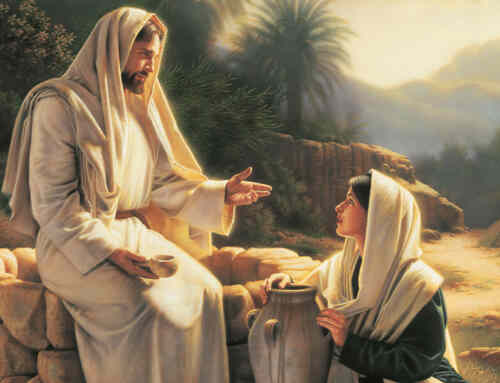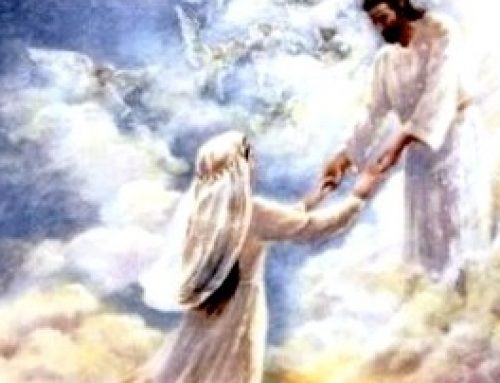In the book of Hebrews, the Apostle Paul interpreted the sacrifices of Leviticus. Hebrews 10:1(NASB), “For the Law, since it has only a shadow of the good things to come and not the very form of things, can never, by the same sacrifices which they offer continually year by year, make perfect those who draw near.” The sacrifices performed under the Law Covenant did not take away sins. The sacrifices were a “shadow” or a picture of good things to come, namely, Jesus’ sacrifice and the sacrifice of his “body,” the church, his most faithful followers.
Leviticus chapters 9 and 16 discuss the Day of Atonement sacrifices. Animals were slain, and their blood was taken into the compartment called the Most Holy. Their vital organs and fat were burned on the Brazen Altar, but the hide (and other less desirable parts) was burned outside the Tabernacle in the camp area. The coals from the Brazen Altar were mixed with sweet incense and placed on the Golden Altar in the compartment called the Holy.
What does this all show?
Jesus (represented by the bullock) began his sacrifice at Jordan, where he consecrated his life to do God’s will. He was “consumed” for 3½ years, sacrificing daily until he died at Calvary. The three “burnings” symbolically picture three aspects of his sacrifice.
- The hide and other parts burned outside the camp did not smell good, which is how most of the world sees Jesus’ sacrifice.
- The vital organs and fat were placed on the Brazen Altar. This smelled good (perhaps like a good steak smells on a grill) showing how those who see Jesus’ sacrifice and appreciate it find it sweet.
- The coals from that Brazen Altar along with sweet incense were placed on the Golden Altar in the Holy. The smoke entered the Most Holy. This represented how God found Jesus’ sacrifice to be a beautiful fragrance.
- In these offerings, there was also the sacrifice of the Lord’s goat, offered in the same way as the bullock. This shows that the Lord’s “body” or his church is offering their sacrifice in the same way (Colossians 1:24).
The fat burns quickly representing the love, zeal, passion and earnestness of Jesus’ desire to please his heavenly Father in his sacrifice. (“Zeal for your house will consume me,” John 2:17.) The kidneys (the body’s filtering system) and the four lobes of the liver (processes the blood, and anciently, considered the centered of intellect) are all life-sustaining organs. This shows that Jesus gave his all in sacrifice. Hence, the vital organs had to be consumed by the fire on the altar to show the completeness of his sacrifice.
Additional Resources:
(PDF) Chart comparing the various Tabernacle sacrifices
(Blog Post) What is the difference between a burnt offering and a sin offering?
(Book) “Tabernacle Shadows of the Better Sacrifices”
Christian Questions Podcast
Episode #1358: “What’s the Difference Between Burnt Offerings and Sin Offerings?”
Grasping the Christian significance of many Old Testament sacrifices
CQ Rewind Show Notes
Episode #1099: Should Christians Care About the Jewish Tabernacle?
Unlocking the secrets and symbols God gave to ancient Israel
Preview Video
CQ Rewind Show Notes
For children, parents and Bible class teachers:
(Animated Video) “What was the Jewish Tabernacle?”














